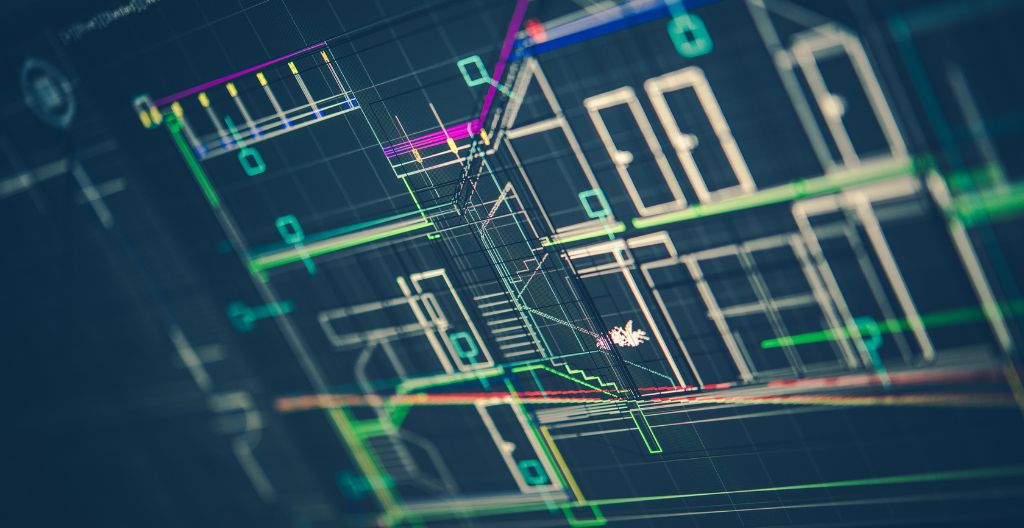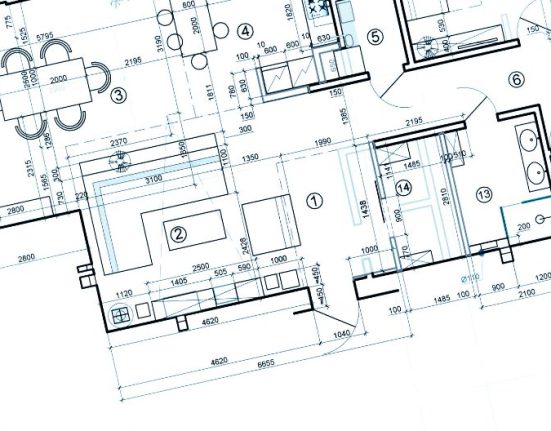This article provides a comprehensive exploration of technical design in software development and architecture. It delves into the fundamentals, the vital role of architecture, and the creation of effective designs.
Emphasizing the importance of mastering these skills, the article also discusses future trends in technical design. Underlines the relevance of technical design in innovation consultancies such as Cantina or others technology marketing companiesdemonstrating its crucial role in driving customer growth and efficiency.
Key takeaways
- The Technical Design Document (TDD) provides detailed information about the design, signature of an interface, class models, algorithms, and data models.
- TDD development tasks must be divided into components if they last longer than two business weeks and the IT project sponsor must approve the TDD.
- Technical documentation is important for the development and integration phases and should be updated periodically for approved changes.
- Sound technical design is crucial for successful software projects and includes pillars such as reference architecture, adaptability, continuous integration, and automation.
Understand the basics of technical design
In technological communicationUnderstanding the basic concepts of technical design involves understanding basic concepts such as creation of a Technical Design Document (TDD), a comprehensive plan that details the design architecture, specific algorithms, interface signatures, and class models comprehensive for software development.
When we define technical design, we refer to the meticulous development of a roadmap for a software or system that is based on a conceptual design. If you are not familiar with it, find out about it. meaning of conceptual design here. Technical design takes into account functionality, user interface, and overall user experience. It is an essential process that ensures seamless integration of various components, smooth operation, and easy troubleshooting.
At the heart of an effective technical design is a well-thought-out TDD, which serves not only as a guide for developers but also as a reference for future modifications and improvements.
The role of architecture in technical design
In the realm of technical design, the architecture serves as a model and provides detailed guidance for system construction and integration.
The interaction between technical design and architecture is crucial as it describes a systematic approach to achieving the desired result.
The technical design architecture details the system structure, interfaces, and data required for the implementation phase. It serves as a roadmap and guides developers through the complexities of building systems.
This includes the structural aspects of the software, the interaction between various software components and their integration with hardware elements.
The technical design architecture also addresses scalability, performance and security issues, ensuring that the system is robust, efficient and resistant to potential threats.
In essence, technical design architecture is essential for translating design principles into a functional system.
The art of creating effective technical designs
people can learn how to write a good article easily, but how can one master the art of creating effective technical designs that are comprehensive, adaptable, and efficient in software development? The key lies in understanding how to create a technical design document, a blueprint that describes every aspect of a project, ensuring it aligns with the overall project goals.
- Comprehensiveness:
- Details all the features, changes and improvements.
- Describe the system architecture.
- Define protocols, interfaces and data models.
- Adaptability:
- The design must take into account possible modifications.
- Encourage modularity and the use of design patterns.
- Efficiency:
- Optimal use of resources.
- Maintainability and testability of the design.
Creating a technical design document is a dynamic process that requires constant refinement and updating to keep up with project requirements. It reflects the technical vision of the project, ensuring its successful implementation and future scalability.

Improving your technical design skills
Developing a comprehensive technical design document is a critical step in improving your technical design skills. It requires a deep understanding of both project requirements and the latest design methodologies.
This process involves creating a detailed project plan. This model, often supervised or revised by the figure of a technical design authority, helps maintain consistency and accuracy throughout the development phase. A well-structured technical design is of utmost importance as it ensures smooth operation, facilitates change management and helps in problem resolution.
A well-structured technical design document also describes the system architecture, the algorithms used, and the physical data models. Provides a clear roadmap for project implementation.
Future trends in technical design
Future trends in technical design, such as the inclusion of artificial intelligence and the use of virtual reality, are rapidly transforming the landscape of this field, making it an exciting and challenging area of study. The evolution of these technologies requires a new approach to how to write a technical design document.
- Artificial intelligence:
- Integrating AI into design tools to automate routine tasks
- Using AI for predictive modeling
- Virtual reality:
- Using virtual reality for immersive design experiences
- Integrating virtual reality into design usability testing
- Technical Design Document:
- Need for complete documentation to adapt to evolving technologies
- Importance of continuous updates in line with technological advances.
These trends highlight the dynamic nature of technical design, which requires continuous learning and adaptability.
Subscribe to our editorial newsletter and start delivering creative and concise content
Frequent questions
What are some common challenges encountered in the technical design process and how can they be mitigated?
Common challenges in technical design include unclear requirements, technological limitations, and scalability issues. Mitigation strategies involve gathering detailed requirements, choosing a flexible technology stack, and designing for future scalability from the beginning.
How does the concept of technical design apply to fields outside of software development and fashion?
The principles of technical design apply to several fields beyond software development and fashion, including engineering, architecture, and manufacturing. They provide a structured approach to problem solving, ensuring efficiency, functionality and adaptability in the final product.
How can technical design principles be applied to improve the efficiency of existing systems or processes?
Technical design principles can improve the efficiency of existing systems by optimizing processes, identifying redundancies, and implementing automation where possible. They provide a structural model to optimize resources and promote effective operations management.
Are there specific tools or software that are commonly used in technical design and how do they help the process?
Technical design involves tools such as CAD software to create accurate plans and programming environments for coding. These facilitate detailed planning, precise execution and efficient problem solving, improving the overall quality and effectiveness of the design process.
How has the evolution of technology influenced the principles and practices of technical design?
The evolution of technology has significantly influenced technical design principles and practices by enabling more complex modeling, improving accuracy, and facilitating better collaboration and communication between design teams.
Conclusion
In conclusion, mastering technical design in software development and architecture is essential for the successful implementation of projects.
A solid understanding of reference architecture, continuous integration, and automation is essential.
Adaptability to new requirements and technologies is also crucial.
This technical design knowledge contributes significantly to growth and efficiency within innovation consultancies, highlighting its importance in the dynamic field of software development.









Leave feedback about this